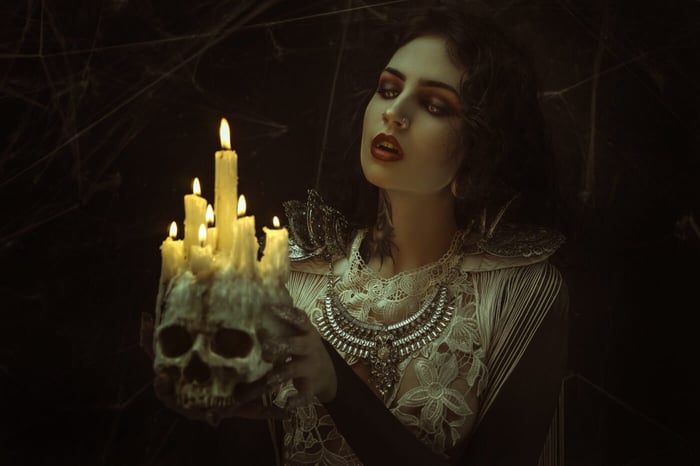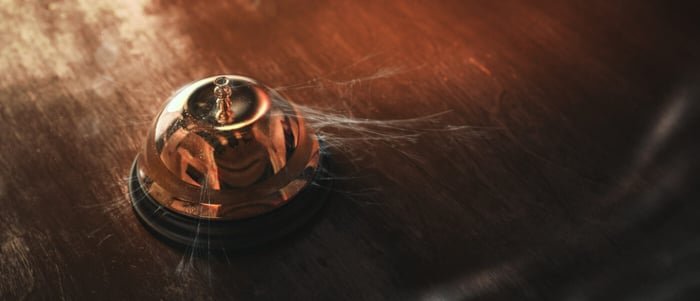Out of all the things that go bump in the night, none are as chilling as the thought of Dracula—the most famous bloodsucker in all of Transylvania, and likely, the world.
Dracula won’t tear you limb for limb or terrorize you with mind games. Quite the opposite, your death will be slow, but painless. He’ll romance you with kind words and promises of immortality. There’s a good chance that you might even enjoy it.
So, I suppose he’s not that bad.
Old-world legends are full of tales depicting Dracula as charming, interesting, and a great conversationalist. There’s just one downfall—he relies on a steady supply of human blood to keep himself alive (or is it undead?).
No matter his existential reality, storytellers agree that once a person meets Dracula, they are never the same. His victims are destined to wither away after multiple feedings, or if they are one of the ‘lucky’ ones, they will transform into vampires after Dracula finds a new target to feed on.
But the lucky ones will need to follow a few rules.
The unquenchable thirst for blood, the gift of permanent youth, and the ability to shapeshift into bats and other nocturnal creatures will become the norm. As a vampire, they’ll also spend most days hiding from the suspicious gaze of humans, and more importantly, the dreaded sun.
Ahh yes, the sun. Did we forget to mention that vampires are not invincible?
Aside from deadly solar rays, Dracula is sensitive to silver bullets, garlic, and holy relics. But if we really have it out for him or any of his undead followers, we should try the surefire method—a wooden stake through the heart.
This may sound like the work of a fictional nemesis straight out of Buffy the Vampire Slayer, but for Vlad the Impaler, the real-life Dracula of the 15th century, driving a stake through the heart of enemies was his claim to fame.
Back then, as one of the rulers of Walachia (modern-day Romania), Vlad was famous for his cruelty. Records show that Vlad (nicknamed Vlad Dracula) killed somewhere between 40,000-100,000 Europeans in his battle to protect the throne and maintain peace between Hungary, Transylvania, and Walachia. Although Vlad insisted that he only murdered criminals, many of his victims were political rivals or people he deemed useless to society.
And what was his preferred method of execution? It wasn’t hanging or beheading, which was standard for the time, but a giant stake through the heart. Vlad would then set the skewered corpses outside of his fortress (sometimes by the hundreds or thousands) as a warning to anyone who dared oppose his rule.
Brutal, but memorable.
And for a while, it worked. Vlad built a reputation for his bloodthirsty ways, and his enemies faltered. It wasn’t long before people began whispering about his nighttime feasts of bread, wine…and blood. But unlike Dracula, Vlad was not immortal. His reputation made him a target, and he died in battle in 1476.
Whether these stories about Vlad and his unsavory rituals were rumors or reality is still up for debate. But without these bloodthirsty references, historians would struggle to find any likeness between Dracula and the man he was named after.
Dracula, while not cruel at heart, harvested humans for one reason—survival. Vlad also collected his fair share of bodies, and while he convinced himself that it was a necessary evil, we can see that his choices were based on fear—a mighty persuasive tool. Vlad believed that the moment his enemies spotted any weakness, that they would inflict upon him the very same torture that he forced upon them.
Today, bloodsucking tyrants are luckily a thing of the past, so Vlad Dracula and his protégé may no longer seem relevant to the modern world. But if we look closely, we see that their stories are a perfect example of how our greatest strength can quickly become our greatest vulnerability.









